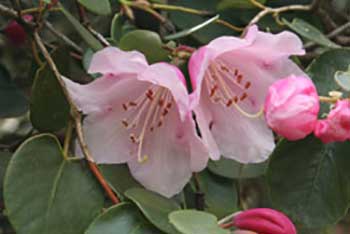Spring Colour Watch Blog: scented and spiky
This week the Old Arboretum offers some spiky spring specimens, lovely scented blooms and some historic rhododendrons which are getting a little bigger than the arboretum's creators intended.
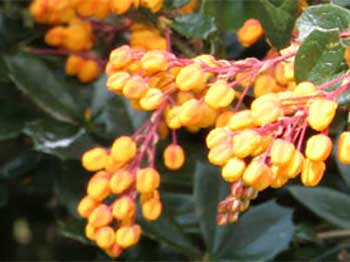
The fiercely spiked berberis genus of plants provides a variety of spring colour.
Pictured below left is the rich flame coloured berberis x lologensis barberry hybrid from Argentina, which is hard to miss on your right as you walk between the last two stops of the seasonal trail.
Also pictured is berberis valdiviana which is one of the fiercest I came across this week!
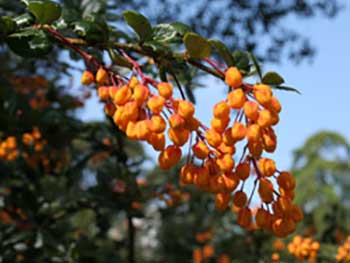
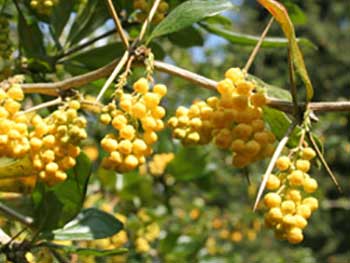
The most deliciously scented blooms I came across were those of viburnum carlesii, which can be found towards the southern end of Loop Walk, on the footpath that loops off towards the bottom of Jackson Avenue.
The more delicately scented flowers of the witch alder, fothergilla major, are featured as a stop on the Old Arboretum seasonal trail.
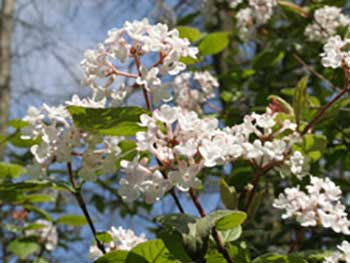
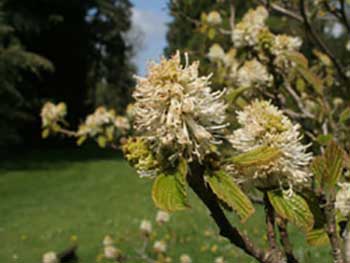
These slow growing American witch alders are named in honour of Dr John Fothergill, who created one of the earliest and most extensive collections of American plants in the 18th century thanks to his patronage of William Bartram, the American botanist, with whom he corresponded.
At an earlier stop on the seasonal trail you will find a rather large specimen of Rhododendron williamsianum from China.
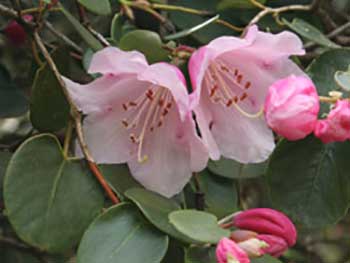
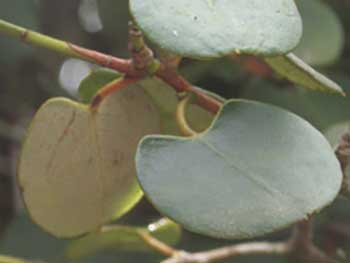
It is usually described as a dwarf species, but as you'll see, this 100 year old specimen would fill many of our modern day suburban gardens!
It is unusual amongst the many rare and historic rhododendron hybrids planted in the late nineteenth century by Sir George Holford as it has small heart shaped leaves, rather than the large elongate leaves of most specimens.
Useful links
More information about spring at Westonbirt
Become a member of the Friends of Westonbirt Arboretum
